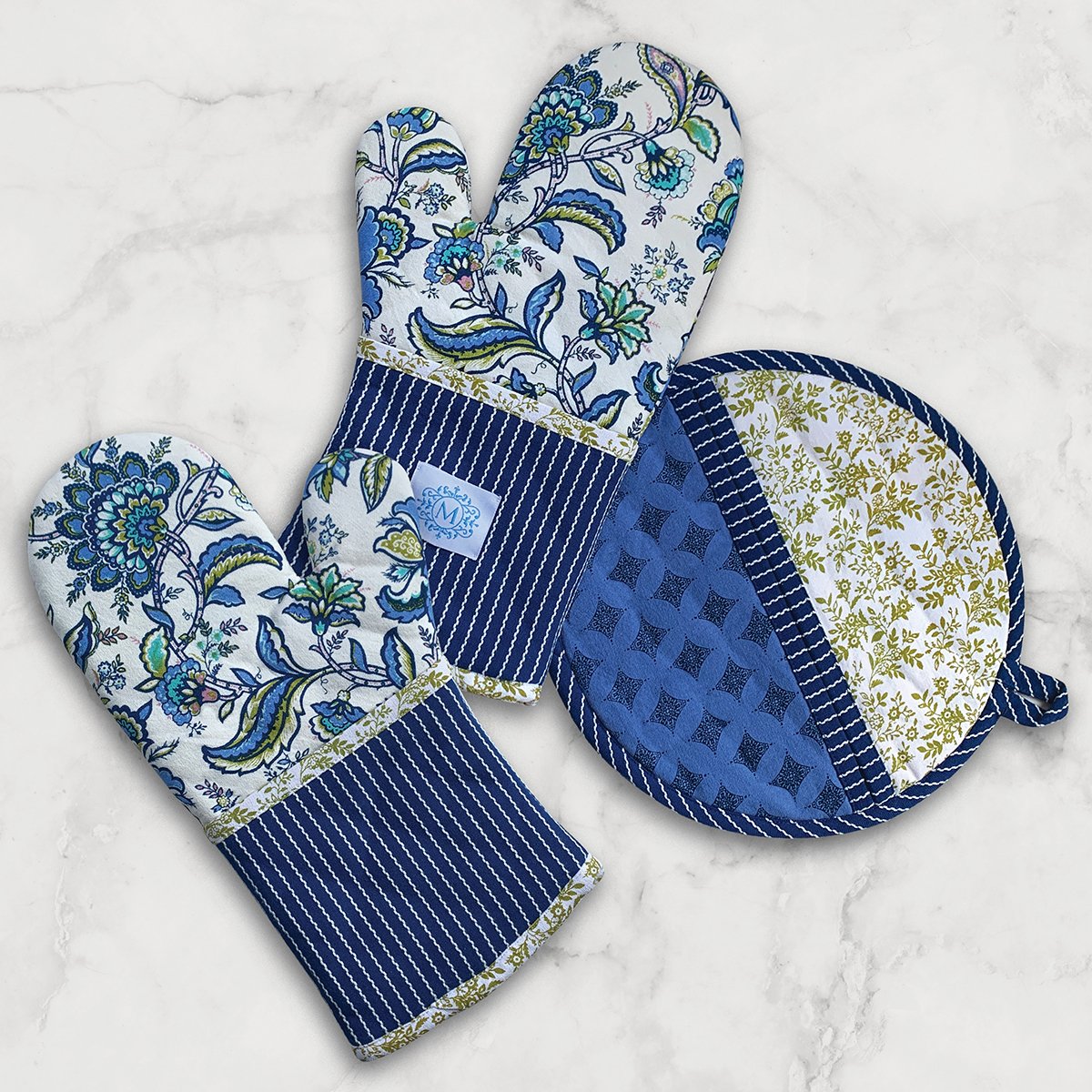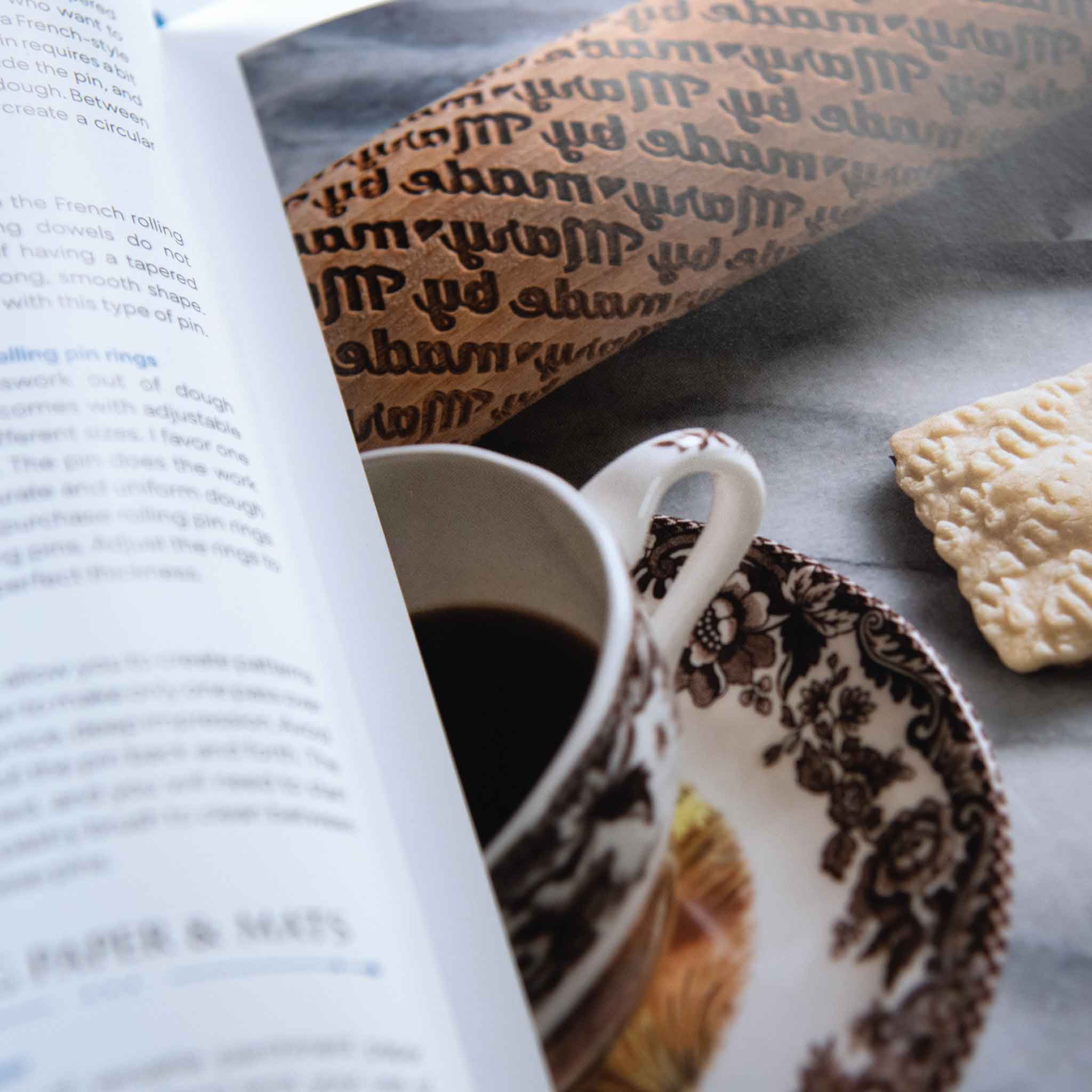A good Easter pie is passed down through the generations. I learned this recipe from my mom, who learned it from my grandmother. My grandma probably learned it from her grandma, too—and on top of that, ricotta for Easter is an Italian tradition! We go ricotta crazy in my house. We make lasagna, cannoli, and my favorite: ricotta Easter pie with anise.

Ricotta and anise: characteristics and a bit of history.
Ricotta is delicious. It has a mild, nutty flavor with a twinge of natural sweetness. Anise is also super tasty. It’s mild and sweet with a woody, floral fragrance, a little bit like fennel or licorice. The plant itself if native to the Levant (the region between the eastern Mediterranean and western Asia) and Egypt. Egyptians were eating it as early as 1500 B.C., but it really took off in the Roman empire. Ancient Romans used it in desserts to stimulate digestion after meals—and that’s why we like it, too.
Anise is a digestive aid and a staple in Italian desserts.
You might have tasted anise before—it’s used in herbal teas, black licorice candy (even though licorice tastes similar), ouzo, and sambuca. It’s really great in desserts. It adds natural sweetness and a boost of smooth flavor. My grandma used to make anise biscotti special for Easter, but my mom got creative and decided to add it to her Easter pie. It’s the perfect finish to a nourishing springtime feast.


That brings us to pies for Easter.
You might have an eyebrow raised: Pie? For Easter? Really, Mary? Well, yes! Thanksgiving isn’t the only time for pie (just like Christmas isn’t the only time for cookies). Pies are a huge part of our Easter tradition—we open and close the day with pie… and I love the leftovers on Monday with a hot cup of coffee!
Customizing Your Sweet Ricotta Pie Filling
The filling in my Sweet Ricotta Easter Pie is just ricotta cheese (duh), eggs, and sugar, flavored with vanilla, lemon rind, and anise. You can always throw in some marsala-soaked golden raisins, mini chocolate chips, or candied citrus peel for an extra decadent pie.
My grandma always said, “Anything ricotta is Easter,” but I just have to throw it out there: Nothing is stopping us from making this pie all year long! Of course, let’s not break the tradition… but if you love it, make it. You only ride this flying mud ball once, so you better enjoy it while you’re here to enjoy it. By the way—you might consider this pie a sneak peek into my next cookbook…
Bring Tradition to the Table with Even More Delicious Pies
My Sweet Ricotta Anise Easter Pie recipe is just one of many recipes inspired by tradition. Dive into My Life in Pies for even more sweet and savory recipes. Bonus: You will absolutely become a better baker with this one, no matter your skill level!

Sweet Italian Ricotta Easter Pie Recipe
Sweet, woody anise and light, nutty ricotta make a perfect flavor combo in this traditional Italian Easter pie. It’s delicious as-is, but also lends itself to adding extra goodies like golden raisins or mini chocolate chips.
Ingredients
Instructions
- Start by preparing the pie crust. In a food processor, combine the flour, confectioners’ sugar, baking powder, lemon zest, and salt. Pulse to combine.
- With the food processor on, slowly add the chilled butter pieces through the feed tube. Add the egg and process for 30 seconds or until the dough forms a ball. Remove the dough and reshape it into a disk. Wrap the dough with plastic wrap and refrigerate for 30 minutes.
- Place the chilled dough between two sheets of parchment paper and roll it out into an 11-inch round. If the dough is too sticky, you can dust it with a little flour.
- Remove the top sheet of parchment. Flip the dough over onto your pie plate and peel off the remaining sheet of parchment paper, then gently press your crust into place. Don’t worry if you see holes in the dough—just use your fingers to pinch it back together. Crimp the dough edge and place the pastry-lined pie pan in the freezer for 30 minutes.
- Preheat the oven to 350 °F. The next step will be to blind bake the crust.
- Remove the crust from the freezer. Lay a sheet of parchment paper or aluminum foil over the crust (including the side), then add a layer of dry beans or pie weights. Along with freezing it, this helps the delicate dough maintain its shape during the blind bake. No one likes a mangled pie crust!
- Bake the crust for 10 minutes, then carefully remove the foil/parchment and weights. Pro tip: Save the beans for future blind baking (you can also use uncooked rice). Now, bake the crust for another 10 minutes.
- Remove the crust from the oven and let it cool for 15 to 20 minutes before filling. This crust can be prepared several hours in advance if you like. If you plan to bake the pie right away, keep the oven on.
- If you kept the oven on, great! If not, preheat to 350 °F.
- Now it’s time to make the filling. Place a strainer over a bowl. Transfer the ricotta cheese into the strainer and let it drain for 30 minutes.
- In a mixing bowl, whisk together the strained ricotta and the ¾ cup of sugar, followed by the eggs and finally the anise flavoring. Pour the mixture directly into the pie crust.
- You’ll be using the water bath method for this pie. Don’t worry, it’s super easy! Bring 7 cups of water to a boil on the stove. With one rack at the bottom of your oven and one in the center, place a 9-by-13-inch baking dish on the bottom rack. Carefully pour the boiled water into the dish.
- Loosely cover the edge of your pie with foil to protect the crust during baking. This helps prevent the edges from getting too brown. Center the pie on your middle oven rack. It should be directly over the water bath. Bake for 1 hour and 10 minutes, then turn off the oven WITHOUT opening the door! Leave the pie in for another 10 minutes.
- After that final 10 minutes is up, take the pie out and let it cool completely on a wire rack.
- Serve at room temperature. You might be wondering, doesn’t this pie need to be refrigerated? If it’s served the same day you make it, no need to refrigerate. If you’re making it in advance, you better put it in the fridge: Cover your beautiful ricotta pie with plastic wrap and refrigerate for up to 3 days.






























































